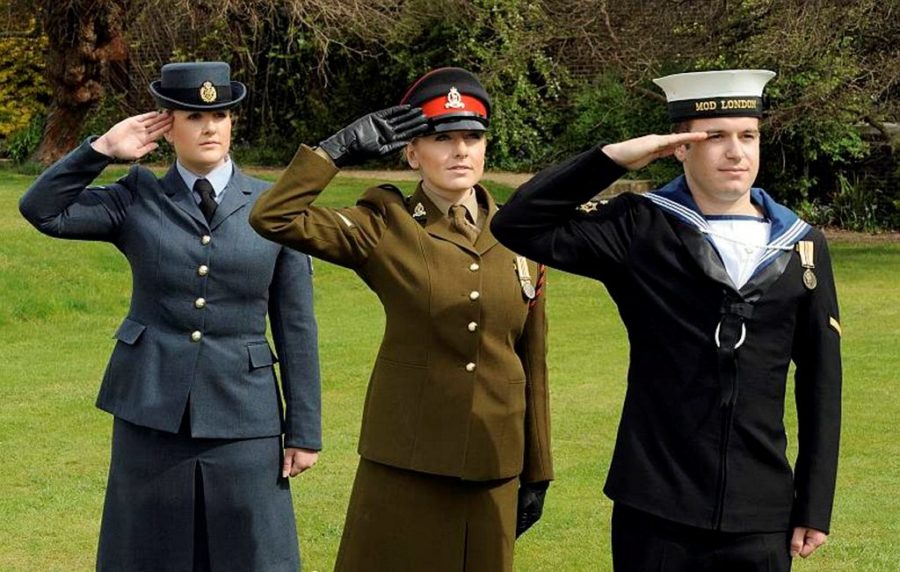22nd November 2016 Washington DC, USA
In A Force of the Future, An Equal Opportunity to Serve

I had the pleasure of joining Samantha Job from the Embassy and Mackenzie Eaglen from AEI on a panel on Monday night discussing Women in Defence. Moderated by Nina Wagner from the Pentagon. We talked about how far we had come, not least in the 35 years of my military service, but also how much we needed to do.
It has been a very exciting year for Women in the Armed Services, but in more than ways than one, long overdue.
In December 2015, the US Secretary of Defence Ashton Carter announced that all positions in the Armed Forces, including combat roles, would be open to women. Following suit, in July of this year, the UK announced they would be mirroring that same policy; welcoming women to serve alongside men in every military job, at every level. To some, this heralded the most momentous decision since the racial integration of the armed services in 1948. To others, the military was being used as a social experiment.
When I first joined the Army, (albeit a few years ago) women were restricted in their Army careers to the Women’s Royal Army Corps. I am happy to say that this is no longer the case; over the next three years, all women will be training alongside men with equal opportunity. Should they achieve the same high standards, they will be able to serve in any position.
Whilst this is great news, it is important to recognize that this is not a new thing; women have been contributing, serving and leading in numerous positions for many of years alongside their male counterparts. For generations, women have served in a military capacity both at times of peace and war. Women are already submariners and fighter pilots. But they still only make up 9% of British Armed Forces. And in both the US and the UK, we need a force of the future that doesn’t leave 50% of the population untapped.
The nature of warfare is changing; it is no longer the hand-to-hand, brutal combat of the past, and we don’t win simply because we’re stronger. The evolution of the battlefield has resulted in more complex demands on the forces which operate within it. Physical strength is no longer the critical factor in generating a battle winning force; the ability to adapt and innovate will be needed to bring the decisive edge to tomorrow’s fight. So, in an ever-changing landscape, we need an armed force that puts ability before gender.
There will be no slackening of standards, nor will there be any reason to display male attributes in order to be successful. It will be a force based on competency, rather than commitment to quota. Women have waited too long for us to commit half-heartedly to this effort. So we’ll make sure it’s done right, by modernizing military standards, redesigning equipment, and ensuring combat effectiveness is not compromised.
We’ve seen a lot of progress, but more is needed. As we face the complex challenges of the 21st Century, we need to determine how will continue to attract, recruit and retain the very best of our society, irrespective of gender, race or orientation. This will mean some hard choices and changes to the way we do this now, but history and my experience suggests that the changes will come. So instead of fighting those changes we should embrace the opportunity. In doing so, we really will be embracing the future, rather than fearing the consequences.
